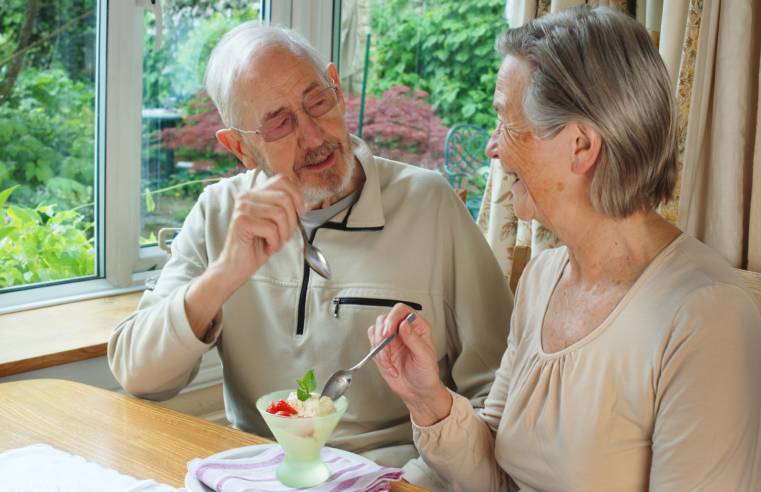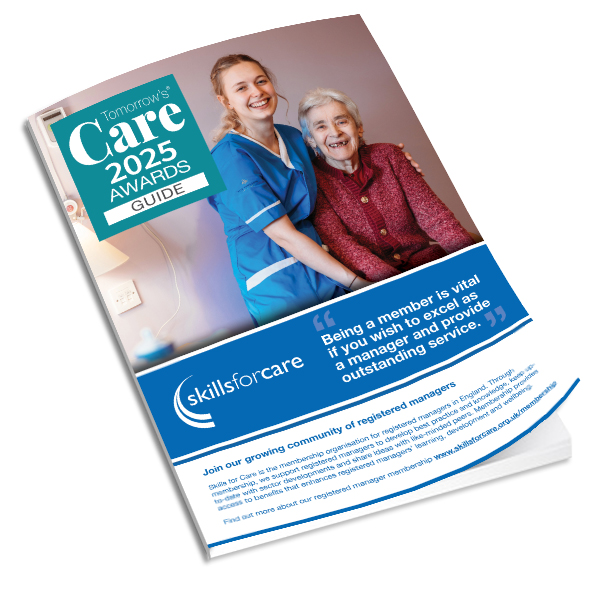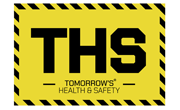With further COVID-19 outbreaks in care homes highly possible and under the weight of enormous pressure, some employees may refuse to attend work, says Toyah Marshall, Principal Employment Law Adviser at Ellis Whittam.
Whilst we appear to be past the peak, the threat of COVID-19 is still very much present, especially within a care home environment, where large outbreaks have tested staff to their limits. Thankfully, many have so far managed to thwart off the virus, owing in no small part to the tremendous efforts of care staff.
The resilience of those within the sector is evident; however, with further outbreaks still highly possible and a huge amount of additional pressure mounting, some employees may refuse to work in certain areas of the home, undertake certain duties or, in some cases, refuse to attend at all.
Can employees refuse to work?
In line with government guidance, employees who were notified to shield at the start of the outbreak should remain off work or continue to work from home if their role allows. Accordingly, any shielding employee – now referred to as “clinically extremely vulnerable” – should not be asked to attend work as not only could this put them at risk, but as they are likely to have a protected characteristic, it may also give rise to claims of discrimination.
Those previously deemed to be at risk due to their age, an underlying health condition or pregnancy – referred to now as “clinically vulnerable” – are now encouraged to return to work if they have been absent but should be “offered the option of the safest available on-site roles” whilst maintain social distancing. Where this isn’t possible, a risk assessment should be undertaken prior to their return to determine whether their work involves “an acceptable level of risk”.
Clinically vulnerable employees may feel at risk by being at work at all or by undertaking certain duties, especially if a resident is suspected of having, or has, COVID-19. In this scenario, consider allowing the employee to work elsewhere in the home, restricting their contact with symptomatic service users, or arranging period of leave such as furlough where permitted. Disciplining these employees, who may have justification for their refusal or concerns, may amount to discrimination, so some discretion should be shown.
BAME employees, who appear to be disproportionately affected by COVID-19, may also have concerns about coming to work, so consider additional steps that can be taken to protect them.
Additionally, even in usual circumstances, employers have a duty of care to ensure that the health and safety of pregnant employees is not put at risk at work. In regard to COVID-19, any level of risk may not be ‘acceptable’, and these individuals may be entitled to full paid leave until it is safe to return or until maternity leave commences. Placing pressure on pregnant employees to return to work where they do not feel safe to do so could amount to discrimination.
For employees who do not fall into the above categories, the advice remains that they should continue to attend work. As such, their absence or refusal to work could be a disciplinary matter. If the absence is unauthorised, the employee would likely not be entitled to pay as they are not willing to attend work. However, the basis of the refusal will need to be considered before commencing disciplinary proceedings.
What does the law say about disciplining staff in this scenario?
Under s.44(1)(d) of the Employment Rights Act 1996, employees have the right not to be subjected to any detriment if, “in circumstances of danger which the employee reasonably believed to be serious and imminent”, they have left work, refused to work in certain areas, refused to undertake certain duties or refused to attend work at all. Disciplinary action short of dismissal, such as withholding pay, could amount to a detriment where an employee has a reasonable belief that they are in “serious and imminent” danger, which may give rise to a claim.
S.100(1)(d) protects employees from dismissal on the grounds of absence from work if that absence was because the employee had a reasonable belief that attending work would put them in “serious and imminent” danger which they could not reasonably have been expected to avoid. Danger for these purposes could include the risk of contracting COVID-19 from an infected service user.
To claim, the employee would need to show that they reasonably believed the danger to be serious and imminent (they do not need to show that the danger actually existed). Given the risk of catching COVID-19 is a very real threat, it is possible that an employee’s concerns in this situation would pass this test. Arguably, however, if there are no cases of COVID-19 in the care home, an employee would struggle to justify their fear, especially if the employer can show that all the necessary precautionary steps have been taken. Plus, given we are now past the peak, the danger is less likely to be seen as “imminent”.
Should employers be concerned about whistleblowing claims?
Even if an employee is not able to show that there was a serious and imminent danger, it is possible that the disclosure of information relating to a health and safety breach or breach of some other legal obligation could protect the employee against dismissal under s.43 of the Employment Rights Act on the basis of making a protected disclosure or ‘whistleblowing’.
If an employee therefore reports to their employer that they believe the care home has not supplied adequate PPE or is failing to follow infection control guidelines, this could constitute whistleblowing, meaning they are protected. However, making such a disclosure would not necessarily justify their refusal to come to work.
So how should employers handle refusals?
Start by discussing the employee’s concerns with them. If you are unable to put their mind at ease, you may wish to consider alternative options such as agreeing unpaid leave, redeploying to another department or annual leave rather than disciplinary action. Finding a mutually-agreeable solution will help to maintain employee relations and avoid the need for a lengthy formal procedure.
In all cases, ensure that the appropriate risk assessments have been undertaken and shared with staff. Often, acknowledging their concerns and demonstrating the control measures in place to protect them can give employees the reassurance they need to return. However, if you have exhausted all possible avenues and formal action is the desired approach, always seek advice first.
Ellis Whittam has created a Coronavirus Advice Hub on its website, containing free guides, checklists, sample letters and risk assessment templates, to help care sector leaders manage the employment and safety implications of COVID-19.

























